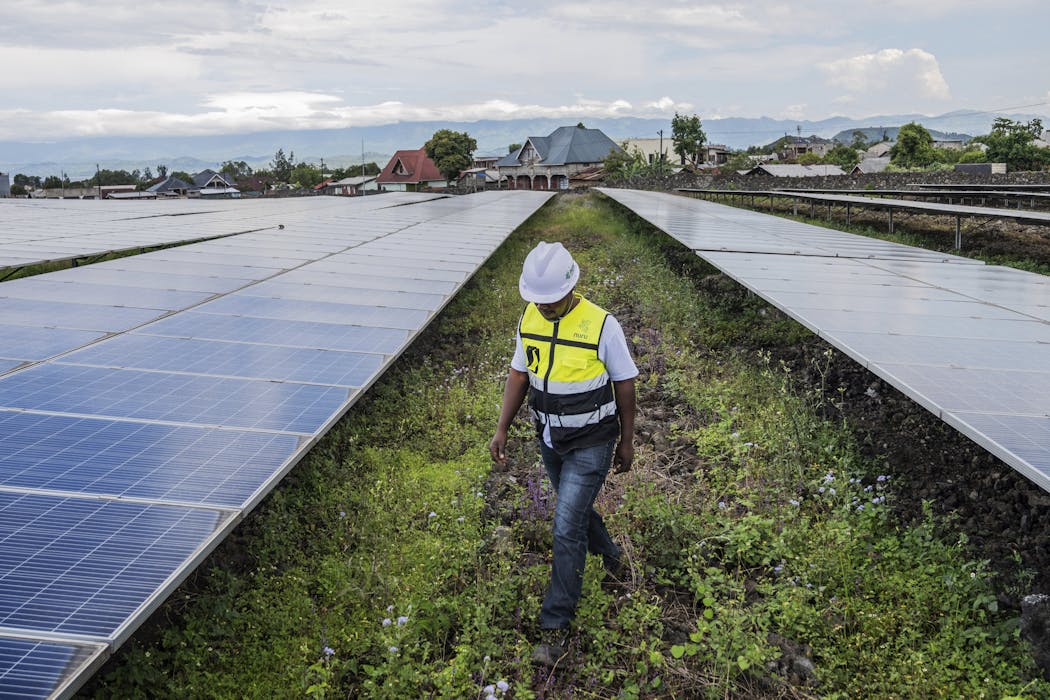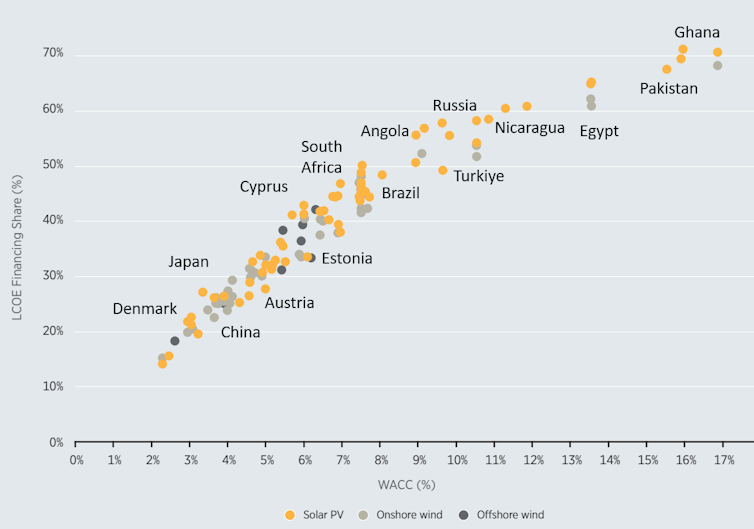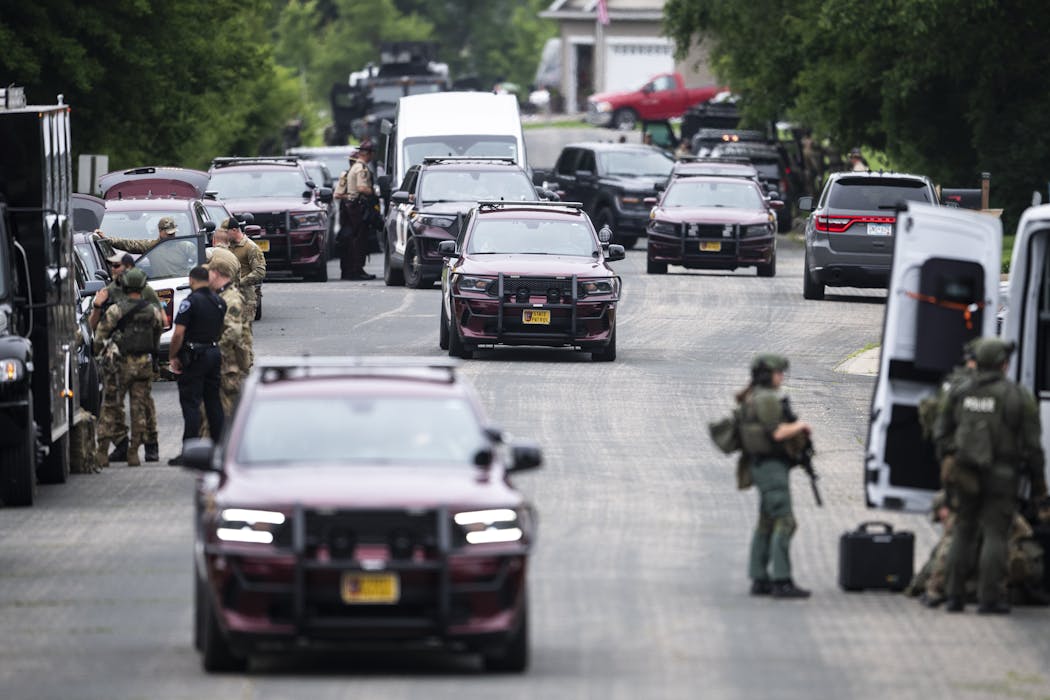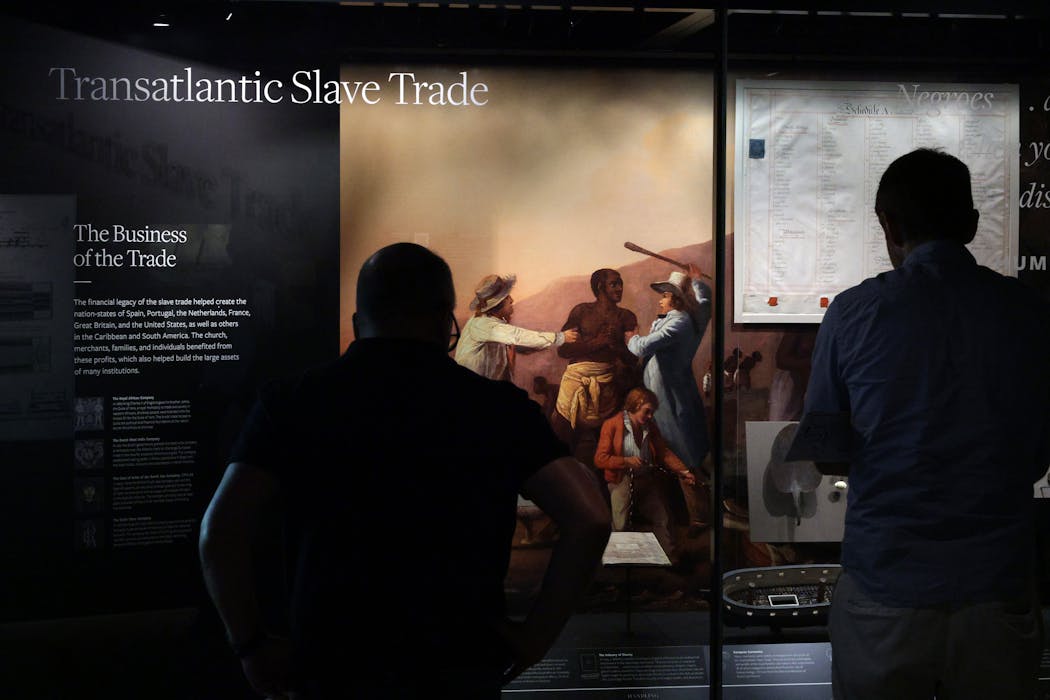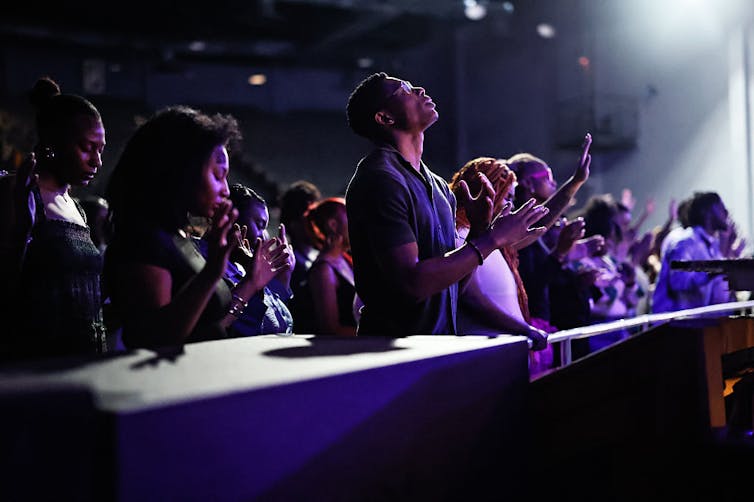Source: The Conversation – USA – By Caroline Light, Senior Lecturer on Studies of Women, Gender, and Sexuality, Harvard University
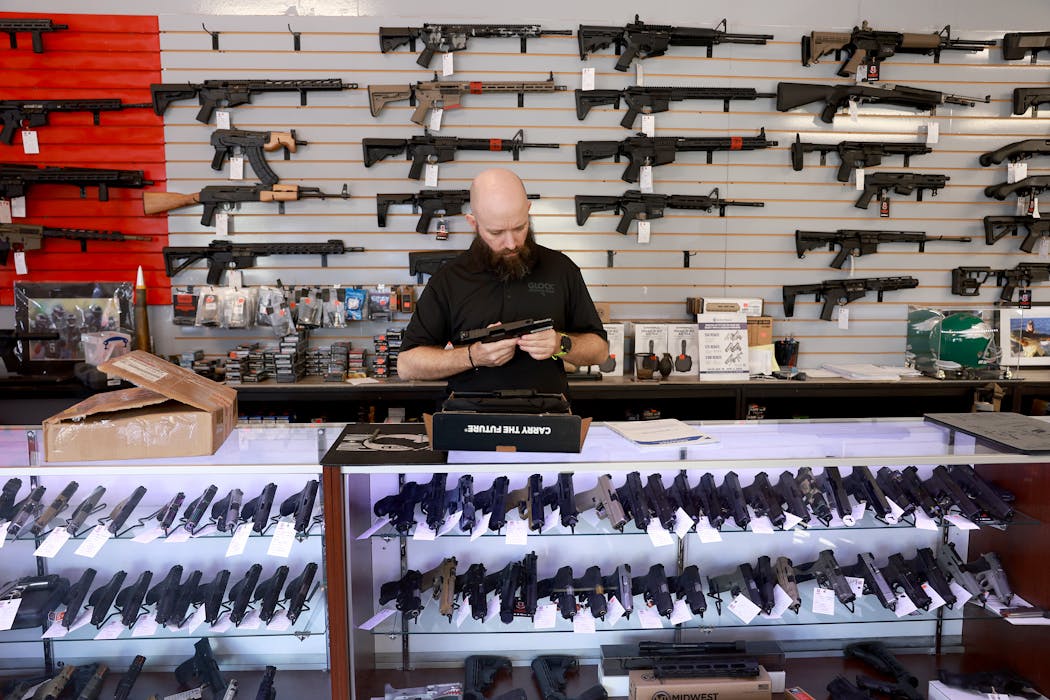
Twenty years ago, Florida Gov. Jeb Bush signed the first “stand your ground” law, calling it a “good, common-sense, anti-crime issue.”
The law’s creators promised it would protect law-abiding citizens from prosecution if they used force in self-defense. Then-Florida state Rep. Dennis Baxley, who cosponsored the bill, claimed – in the wake of George Zimmerman’s controversial acquittal for the killing of Trayvon Martin – that “we’re really safer if we empower people to stop violent acts.”
I’m a historian who has studied the roots of stand your ground laws. I published a book on the subject in 2017. My ongoing investigation of the laws suggests that, 20 years on, they have not made communities any safer, nor have they helped prevent crime. In fact, there is reliable evidence they have done just the opposite.
In the past 20 years, stand your ground has spread to 38 states.
Then, in September 2025, an appellate court struck down Florida’s long-standing ban on the open carry of firearms.
Florida’s attorney general, James Uthmeier, quickly announced that open carry is now “the law of the state,” directing law enforcement not to arrest people who display handguns in public.
Under the state’s permitless carry law, enacted in 2023, adults without a criminal record also don’t need a permit or any training to carry firearms publicly.
In my view, this combination of stand your ground, open carry and permitless carry is likely to make the Sunshine State far less safe.
Let’s look at the evidence.
What ‘stand your ground’ means
Under traditional self-defense law, a person had a duty to retreat – to try to avoid a violent confrontation if they could safely do so – before resorting to deadly force.
The main exception to the duty to retreat was known as the castle doctrine, whereby people could defend themselves, with force if necessary, if they were attacked in their own homes.
Stand your ground laws effectively expand the boundaries of the castle doctrine to the wider world, removing the duty to retreat and allowing people to use lethal force anywhere they have a legal right to be, as long as they believe it’s necessary to prevent death or serious harm.
On paper, the expansion of the right to self-defense may sound reasonable. But in practice, stand your ground laws have blurred the line between self-defense and aggression by expanding legal immunity for some who claim self-defense and shifting the burden of proof to prosecutors.
While supporters of these laws claim they mitigate crime and make people safer, evidence shows the opposite. The nonpartisan RAND Corp. discovered that states adopting stand your ground laws experienced significant increases in homicide, typically between 8% and 11% higher than before the laws took effect.
A study of violent crime in Florida revealed a 31.6% increase in firearm homicides following the 2005 passage of the stand your ground law. There is no credible evidence that these laws deter crime.
On the contrary, evidence shows that stand your ground laws lower the legal, moral and psychological costs of pulling the trigger.
Stand your ground and race
While the language of stand your ground laws is race-neutral, their enforcement is not. Data from the Urban Institute and the U.S. Commission on Civil Rights show that in states with stand your ground laws, homicides are far more likely to be deemed “justified” when the shooter is white and the victim is Black.
I’ve found that these laws have redefined not only when force is justified but who is justified in using force.
In my assessment, these laws don’t create racial bias. Rather, they magnify the biases already present in our criminal legal system. They give broader discretion to a legal system in which law enforcement officers, judges, prosecutors and juries often hold unacknowledged biases that associate Black men with criminality, while perceiving white people who say they were defending themselves as credible.
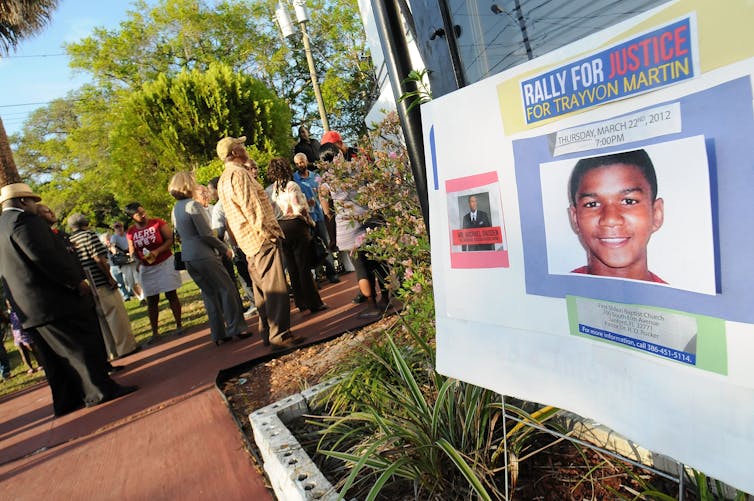
Gerardo Mora/Getty Images News
That dynamic is visible in a growing multitude of cases, such as the shootings of unarmed teenagers Trayvon Martin, Jordan Davis, Renisha McBride and Ralph Yarl.
Each instance illustrates how stand your ground transforms ordinary mistakes or misunderstandings into lethal outcomes, and how armed citizens’ claims of “reasonable fear” often reflect racial stereotypes more than objective threats.
A dangerous mix
Florida’s legalization of open carry intersects with the state’s permitless carry and stand your ground laws in alarming ways. Open carry increases the visibility – and perceived legitimacy – of guns in everyday life.
Combined with the removal of licensing procedures and training requirements, laws that broaden the right to use deadly force create a permissive environment for opportunistic violence.
When everyone is visibly armed, every encounter can look like a potential threat. And when the law tells you that you don’t have to back down, that perception can turn lethal in seconds.
Florida has become a model for what gun rights advocates call “freedom” but what public health experts see as a recipe for more shootings and more death.
National implications: ‘Reciprocity’ and expansion
Two decades later, stand your ground laws have spread, in various forms, to 38 states. While 30 states have legislatively enacted stand your ground statutes like Florida’s, eight others implement stand your ground through case law and jury instructions that effectively remove the duty to retreat.
On top of this, 29 states have enacted laws allowing permitless carry, and 47 technically allow open carry, though restrictions vary across the states.
President Donald Trump has made clear he wants to take this deregulatory approach nationwide. While on the campaign trail, he promised to sign a “concealed-carry reciprocity” law, which would require all states to allow people from states with permissive laws to exercise those rights in all 50. “Your Second Amendment does not end at the state line,” he announced in a 2023 video.
If that vision becomes reality, it would mean the most permissive state laws will set the standard for the entire country. National reciprocity would allow Floridians, and other gun owners from permitless carry states, to carry their firearms – and potentially claim stand your ground immunity – in any other state, including those with stricter rules and lower rates of firearm death and injury.
This prospect raises deep questions about states’ rights, safety and justice. Research shows that stand your ground laws increase homicide and exacerbate racial disparities. National reciprocity would export those effects nationwide.
In my view, the convergence of stand your ground, open carry and national reciprocity marks the culmination of a 20-year experiment in armed citizenship. The results are clear: more people armed, more shootings and more deaths “justified.”
The question now is whether the rest of the nation will follow Florida’s lead.
Read more stories from The Conversation about Florida.
![]()
Caroline Light is affiliated with GVPedia and collaborates with Giffords.
– ref. Florida’s new open carry ruling combines with ‘stand your ground’ to create new freedoms – and new dangers – https://theconversation.com/floridas-new-open-carry-ruling-combines-with-stand-your-ground-to-create-new-freedoms-and-new-dangers-267496




